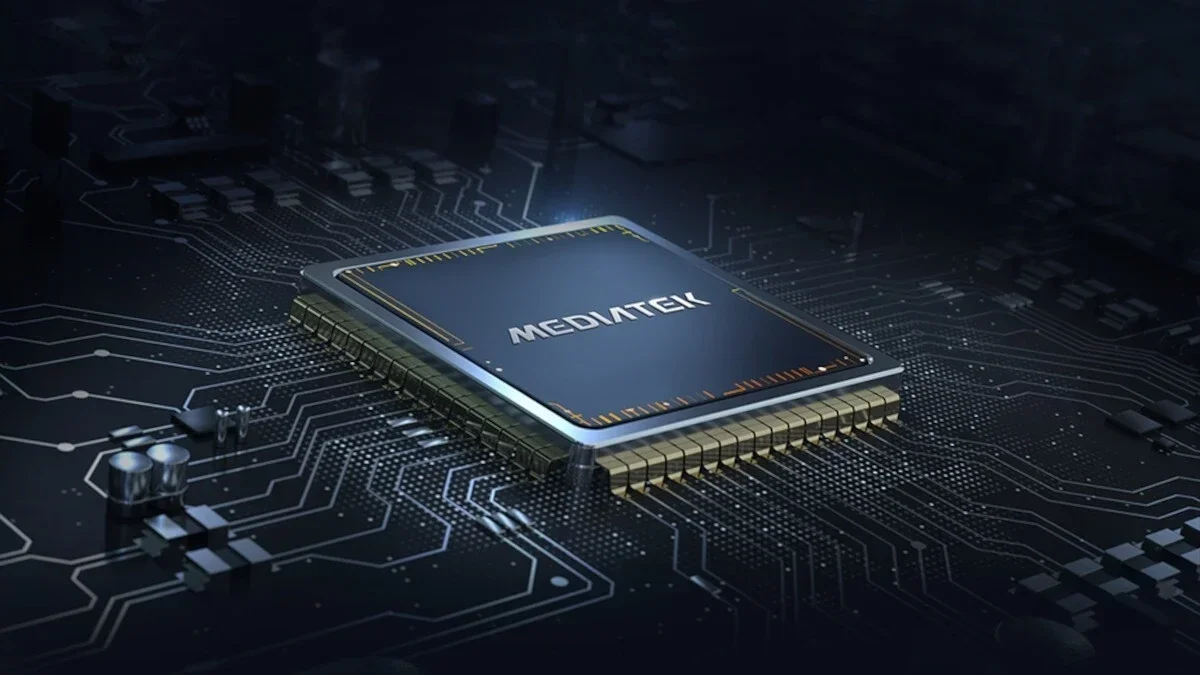MediaTek has recently made significant strides in the semiconductor industry with the introduction of its Dimensity 9300 and 8300 chips. These cutting-edge processors are not only designed to enhance the performance of midrange and flagship Android devices but are also now optimized for Google’s Gemini Nano, a move that promises to revolutionize mobile AI capabilities.
Key Highlights:
- The Dimensity 9300 and 8300 chips are built on TSMC’s advanced 4nm process technology.
- These chips are designed to deliver enhanced AI capabilities, improved power efficiency, and superior performance for Android devices.
- The optimization for Google Gemini Nano signifies a leap forward in on-device AI, enabling more intelligent and responsive applications.
In-Depth Insights
Dimensity 8300: A Leap for Midrange Phones
The Dimensity 8300 chip, crafted on TSMC’s second-gen 4nm process, features a mix of Cortex-A510 and Cortex-A715 cores, aiming for a 20% increase in peak performance while reducing power consumption by 30% compared to its predecessor. It integrates a MaliG615 MC6 GPU and MediaTek’s adaptive gaming technology, ensuring a smooth gaming experience with significant power savings. The chip’s architecture also emphasizes AI readiness, incorporating a 7th Gen APU 780 processor for enhanced computing power and efficiency in AI tasks.
Dimensity 9300: Powering Flagship Devices
The Dimensity 9300 is MediaTek’s answer to Qualcomm’s flagship SoC, boasting four Cortex X4 CPUs and four Cortex A720 cores for a balance of power and efficiency. This architecture results in a 15% improvement in peak performance and a 40% increase in multi-core performance at reduced power levels. The chip also features an Immortalis-G720 12-core GPU and supports LPDDR5T RAM, pushing the boundaries of mobile device performance. A re-engineered APU enhances AI capabilities, significantly boosting integer math performance while lowering power consumption.
Google Gemini Nano: Pioneering Mobile AI
Google’s Gemini project introduces a new era of AI models designed to be multimodal and flexible, able to run efficiently on various devices including mobile phones. Gemini Nano, the variant optimized for on-device tasks, promises significant enhancements in developers’ ability to build and scale AI-driven applications. Its state-of-the-art performance on academic benchmarks and the ability to outperform human experts in certain tasks highlight its potential to transform the mobile experience.
Market Implications and Future Prospects
The collaboration between MediaTek and Google on optimizing the Dimensity series for Gemini Nano is a strategic move that could reshape the competitive landscape of the mobile industry. It not only underscores the importance of AI in future mobile experiences but also positions MediaTek as a key player in the race against other chipset manufacturers like Qualcomm.
This partnership highlights a broader industry trend towards integrating AI more deeply into hardware, enabling smarter, more efficient devices that can adapt to user needs in real-time. As AI becomes more embedded in our daily devices, the demand for chips that can support these advanced capabilities efficiently will continue to grow, making MediaTek’s recent announcements particularly noteworthy.
The collaboration between MediaTek and Google to optimize the Dimensity 9300 and 8300 chips for Gemini Nano marks a pivotal moment in the mobile industry. By harnessing the power of cutting-edge semiconductor technology and advanced AI models, these chips are set to redefine what’s possible with midrange and flagship Android devices. The emphasis on AI capabilities, power efficiency, and performance enhancement not only caters to the current demands of smartphone users but also paves the way for future innovations in mobile technology.


















